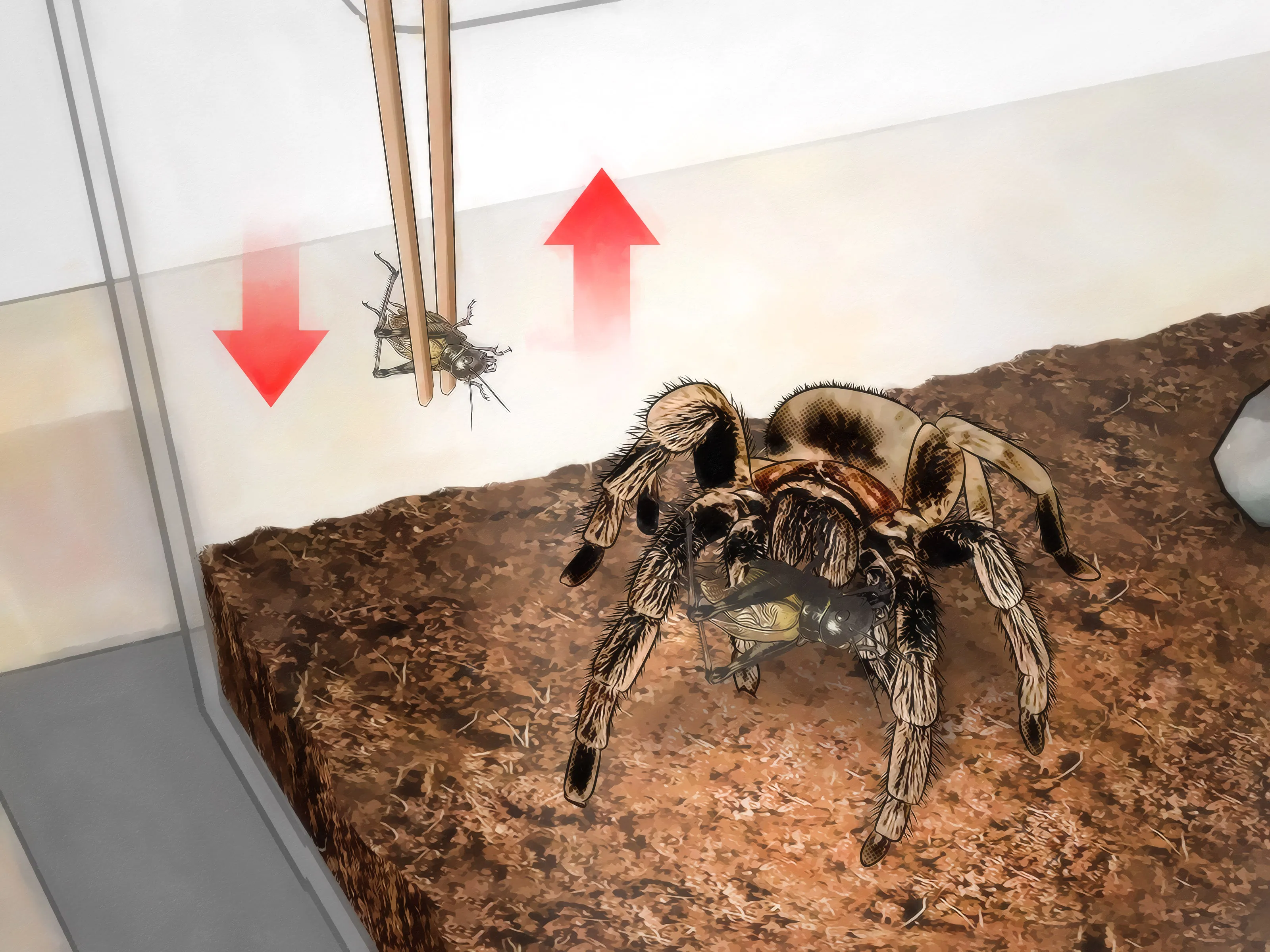Caring for a tarantula involves more than just providing a habitat it’s crucial to understand their dietary needs. Providing the right food is essential for the health, growth, and overall well-being of your eight-legged companion. This comprehensive guide dives deep into the world of tarantula care food, ensuring you have all the knowledge necessary to keep your tarantula thriving. From understanding the basics of tarantula nutrition to choosing the best food sources and addressing common feeding problems, this ultimate guide will provide you with the knowledge you need to be a responsible tarantula owner. Let’s explore the fascinating world of tarantula feeding and provide you with the expertise to keep your pet healthy and happy.
Understanding Tarantula Dietary Needs
Tarantulas are primarily insectivores, meaning their diet consists mainly of insects. In the wild, they consume a variety of insects and small invertebrates they can capture. Replicating this diet in captivity is vital for your tarantula’s health and longevity. Understanding the specific needs of your tarantula species is key. Different species might have slightly different preferences or requirements, so research is essential. The following sections will provide details on the specifics of tarantula diets, and the best feeding practices. Ensuring the right food will keep your tarantula healthy and thriving.
The Importance of a Balanced Diet
A balanced diet is critical to a tarantula’s well-being. Just like humans, tarantulas need a variety of nutrients to stay healthy. This includes protein, fats, vitamins, and minerals. A diet that lacks these essential elements can lead to health problems, stunted growth, and a shortened lifespan. Variety helps ensure they receive all the necessary nutrients. Moreover, a balanced diet contributes to successful molting, a crucial process for tarantulas as they shed their exoskeletons to grow. Providing different food options ensures they receive a range of nutrients, leading to a healthier and happier pet. Ignoring the importance of variety can lead to nutritional deficiencies.
Nutritional Requirements
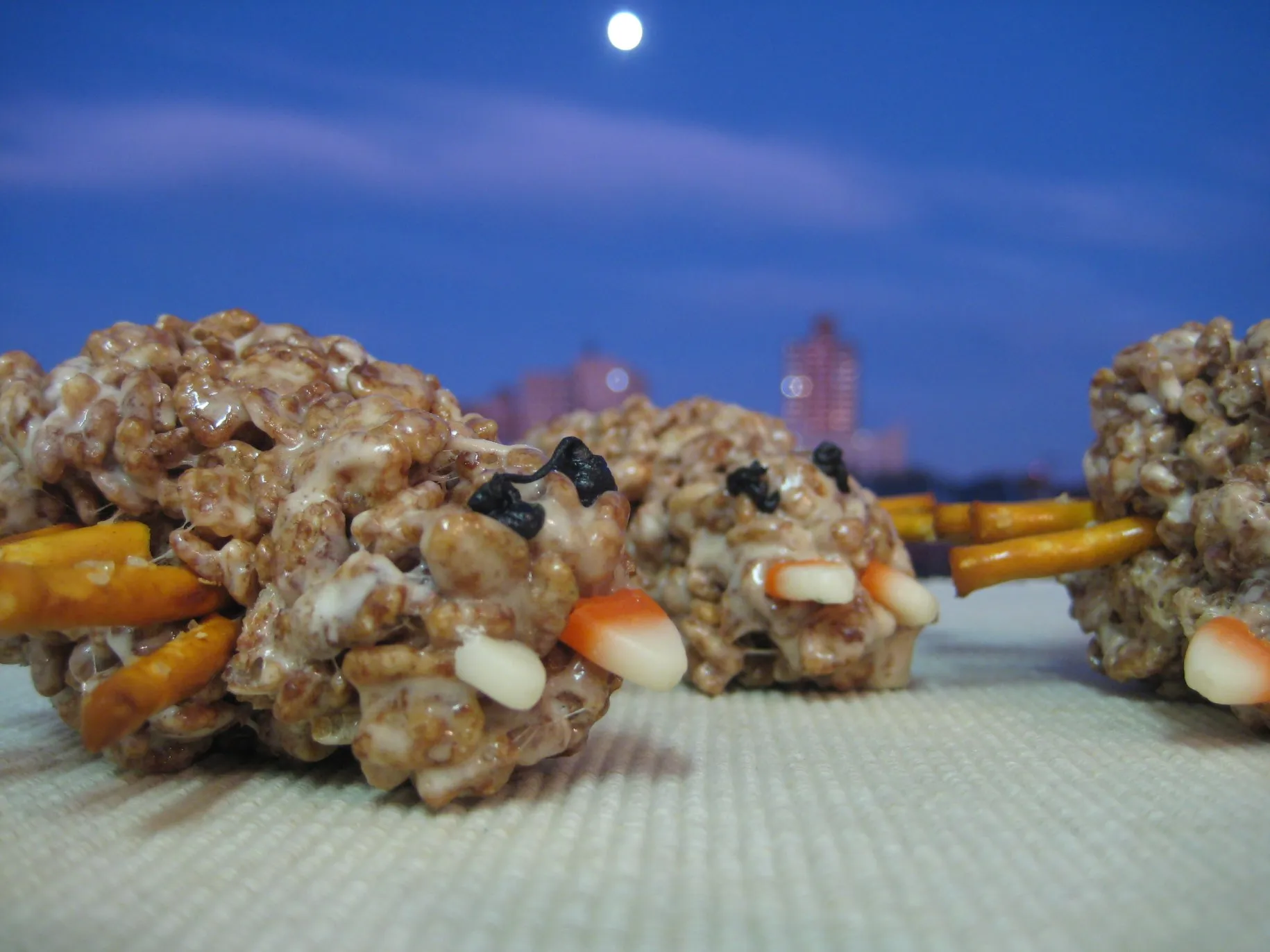
The nutritional needs of tarantulas are relatively simple but essential. Their diet must be high in protein, with moderate fat content, and supplemented with vitamins and minerals. The specific percentages can vary based on the tarantula’s age, species, and life stage (e.g., molting). Younger tarantulas require more frequent feeding to support their rapid growth. As they mature, the frequency of feeding can be reduced. The ideal diet for a tarantula mirrors, as closely as possible, what they would consume in their natural environment. This ensures they thrive, providing them with the energy needed for their active lifestyle. Careful attention to these details will ensure your tarantula receives all the necessary nutrients.
Essential Nutrients for Tarantulas
Protein is the cornerstone of a tarantula’s diet, essential for growth, repair, and overall health. Fats provide energy and support various bodily functions. Vitamins and minerals are vital for immune system function, bone development (in the exoskeleton), and other crucial processes. Calcium, for example, is essential for building a strong exoskeleton, especially during molting. It is very important to provide a wide range of foods to ensure that all of the nutrients are present. Lack of proper nutrition can lead to health problems. Supplements might be necessary, especially if the tarantula’s diet is limited. Always research the specific needs of your species to meet all the requirements.
Protein Sources for Tarantulas
Insects are the primary protein source for tarantulas. A variety of insects provides a more balanced diet. The best food options are readily available, easy to care for, and nutritious. Live prey is almost always preferred, as it triggers the tarantula’s natural hunting instincts. The size of the prey should be appropriate for the size of the tarantula. Always monitor your tarantula while feeding to ensure they can successfully capture and consume the prey. Variety is key, even within insect options. This allows you to offer a diverse range of nutrients, providing a well-rounded diet for your tarantula.
Crickets as a Staple

Crickets are a popular and readily available food source for tarantulas. They are relatively easy to breed and maintain, making them a convenient option. Crickets offer a good source of protein and are usually well-accepted by tarantulas. Ensure the crickets are gut-loaded before feeding them to your tarantula. This means feeding the crickets a nutritious diet (e.g., vegetables, fruits, and commercial cricket food) for at least 24 hours before offering them to your tarantula. This process enhances the nutritional value of the crickets, passing those nutrients on to your pet. Crickets provide a balanced source of protein, making them a great base for your tarantula’s diet. Always keep a close eye on the crickets; some might be too big.
Mealworms and Superworms
Mealworms and superworms are another option, offering a good source of protein. However, they have a higher fat content than crickets, so they should be offered in moderation. Mealworms are the larvae of the mealworm beetle, while superworms are a larger species of beetle larvae. While they are convenient because they are relatively easy to store, it’s important to balance the diet. Overfeeding mealworms can lead to obesity and other health issues. These worms are suitable as a supplemental food source, especially for larger tarantulas. Always ensure the worms are healthy and free from parasites before feeding them to your tarantula. Observing how your tarantula reacts to these worms will help you determine the right amount.
Roaches as a Food Source
Roaches, such as Dubia roaches, are a highly nutritious food source for tarantulas. They are rich in protein and have a good ratio of nutrients. Roaches are also easy to breed and maintain in a controlled environment. They are less likely to escape than crickets and are generally a cleaner food source. Roaches are a great option for larger tarantulas due to their size. It is very important to establish a roach colony to ensure a consistent supply of food for your tarantula. Gut-loading roaches before feeding enhances their nutritional value. Roaches are an excellent addition to any tarantula’s diet. Their high nutritional value supports a healthy growth.
Other Live Prey Options
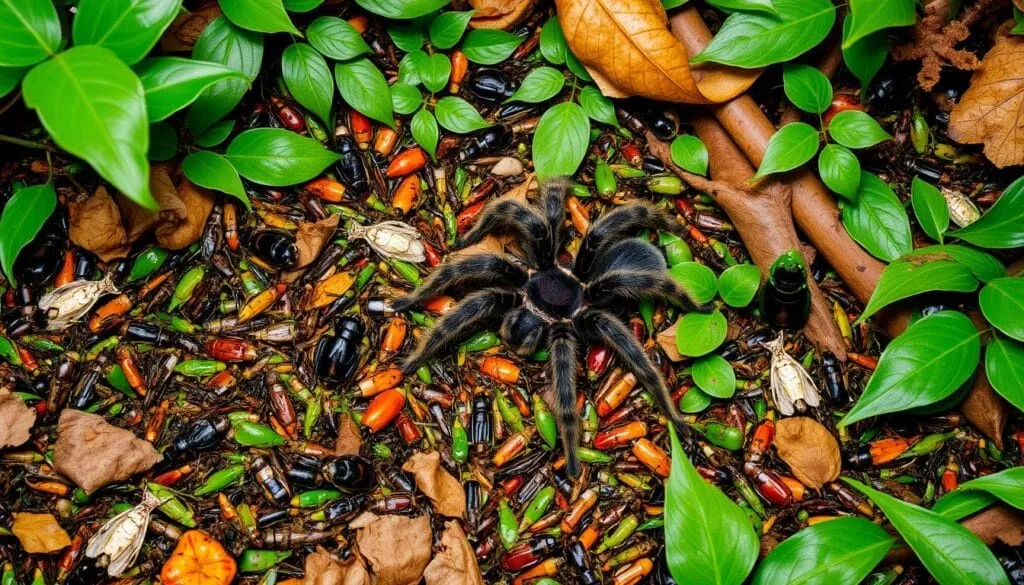
Other live prey options can add variety to your tarantula’s diet. These include waxworms, silkworms, and hornworms. These options are usually higher in fat content and should be offered occasionally, as treats. Waxworms are high in fat and should be given sparingly. Silkworms offer a good source of nutrients and are easy to digest. Hornworms are high in moisture. Always consider the nutritional profile of each prey item and adjust the diet accordingly. Variety is essential for providing a balanced diet and keeping your tarantula engaged. Research the nutritional value of different prey options to ensure you are meeting your tarantula’s needs. Balance the treats with other protein options.
Variety and Enrichment in Diet
Variety in your tarantula’s diet not only ensures it receives a broad spectrum of nutrients but also provides mental stimulation. Providing different types of prey items can mimic the natural feeding behaviors of tarantulas. This enrichment can improve their overall well-being and reduce stress. Rotate food sources regularly to prevent your tarantula from getting bored. Experiment with different types of prey items to see what your tarantula enjoys most. Monitoring the eating habits of your tarantula is essential. Different species will have different preferences. Variety is essential for a balanced diet and helps maintain a healthy and happy pet. Proper feeding practices will enrich your tarantula’s life and promote a healthy lifestyle.
Choosing the Right Food
Selecting the right food is a crucial step in providing proper care for your tarantula. The quality of the food directly impacts the health and vitality of your pet. Prioritizing high-quality, nutritious food is the best way to ensure your tarantula thrives. This includes sourcing insects from reliable suppliers, and properly assessing the prey before feeding it to your tarantula. The sections below will provide helpful advice and suggestions to help you provide the best food choices, ensuring that your tarantula has a balanced diet and remains healthy.
Sourcing High-Quality Insects
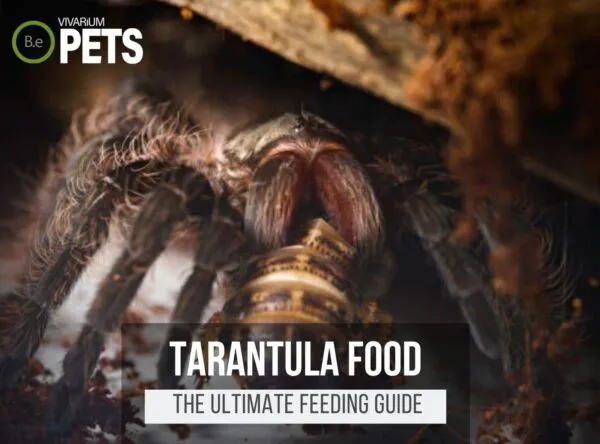
The quality of your tarantula’s food directly impacts its health, so sourcing high-quality insects is essential. Choose reputable suppliers known for providing healthy, well-fed insects. Live food suppliers will generally sell insects that are properly cared for. Inspect the insects before purchasing them. Ensure they are active, healthy, and free from any signs of disease or parasites. Purchasing from local breeders can also be a good choice, as you can often see their facilities and learn about their practices. Prioritize suppliers who prioritize the well-being of their insects, as this care will translate to better nutrition for your tarantula. Always buy more than you need because some might die before they get to be eaten.
Assessing Food Safety
Food safety is a critical aspect of tarantula care. Always inspect insects before feeding them to your tarantula. Look for any signs of illness, such as lethargy, discoloration, or unusual behavior. Avoid using insects collected from the wild, as they may carry parasites or be exposed to pesticides, which can be harmful to your tarantula. If you breed your own insects, maintain a clean environment and follow proper hygiene practices to prevent contamination. Quarantine new insects before introducing them to your colony, to prevent the spread of any potential diseases. Food safety is an essential part of responsible tarantula care and ensures the health of your pet. Proper assessment of food is important.
The Feeding Process
The feeding process is straightforward but requires attention to detail. It is essential to understand how often and how much to feed, along with proper handling and presentation techniques. The guidelines outlined below will assist you in providing an optimal feeding experience for your tarantula. Proper feeding practices are critical to your tarantula’s health, and understanding how to manage the process will prevent health complications. Careful observation and practice will help you become adept at providing your tarantula with the right food.
How Often to Feed
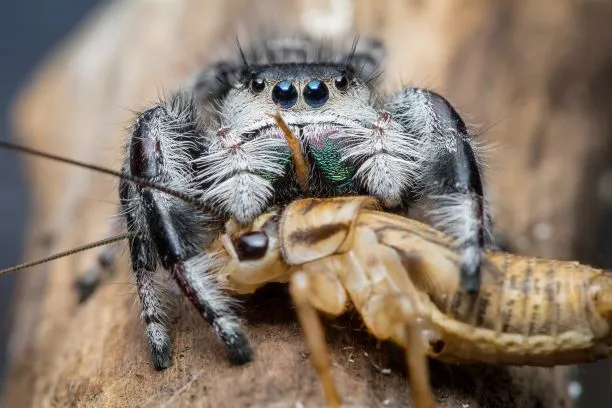
The frequency of feeding depends on your tarantula’s age and species. Spiderlings require more frequent feedings than adults. Spiderlings may need to be fed every other day or even daily. As tarantulas mature, the feeding frequency can be reduced to once or twice a week. Adult tarantulas can often thrive with a single feeding per week or even less often, depending on the species and their metabolism. Observe your tarantula’s feeding behavior and adjust the frequency accordingly. A tarantula’s abdomen should be plump, but not overly distended. It is also very important to consider your tarantula’s stage of molting. Do not feed them before or during a molt. Understanding the age and species of your tarantula, and the feeding frequency will prevent health problems.
Portion Control
Portion control is crucial to prevent overfeeding, which can lead to health problems. Offer a prey item that is appropriately sized for your tarantula. As a general rule, the prey should be no larger than the tarantula’s body size (excluding the legs). Monitor how much your tarantula eats. If it consistently refuses food, reduce the size or frequency of feeding. Remove any uneaten prey within 24 hours to prevent them from stressing your tarantula or potentially harming it. Adjust the portion size based on your tarantula’s appetite and overall health. Overfeeding can put your tarantula at risk of obesity. Portion control is an important element of healthy care.
Handling and Presentation
Handling and presentation are important aspects of feeding. Use long tongs or tweezers to offer the prey item to the tarantula. This helps maintain a safe distance and reduces the risk of being bitten. Avoid placing the prey directly on the substrate, as this can make it difficult for the tarantula to catch. Gently move the prey item near the tarantula’s fangs to encourage it to strike. Always supervise the feeding process, particularly when feeding larger prey. Observe how your tarantula interacts with the prey. Handling and presentation increase your safety. They also ensure that your tarantula has a positive and safe feeding experience.
Water and Hydration
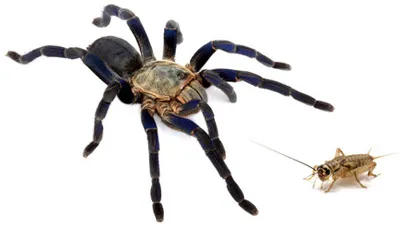
Water is just as important as food in tarantula care. Providing fresh, clean water is crucial for your tarantula’s health and hydration. In addition to regular feeding, always have water available. This ensures that your tarantula remains properly hydrated. Maintaining the right humidity level is also critical for molting and overall well-being. The sections below detail how to provide fresh water and manage the humidity level in your tarantula’s habitat, which is very important for the health of your pet. Adequate hydration contributes to the overall health of your pet.
Providing Fresh Water
Always provide fresh water. Use a shallow water dish that is easily accessible. Ensure the water dish is appropriate for the size of your tarantula, so it can easily reach the water. Replace the water daily or as needed to keep it clean and prevent bacterial growth. You can use a cotton ball soaked in water for spiderlings, to prevent the risk of drowning. Monitor the water level to ensure it is adequate, and the water dish remains clean. Proper hydration is vital for your tarantula’s health. Fresh water is as important as the right food.
Maintaining Humidity
Maintaining the correct humidity level is essential. The ideal humidity level varies depending on the tarantula species, so it is important to research the needs of your specific species. Use a hygrometer to monitor the humidity levels in the enclosure. Adjust the humidity by misting the enclosure with water or by providing a water dish. Proper ventilation is also critical. Ensure that the enclosure has adequate airflow to prevent mold and mildew. Humidity is essential for successful molting, as it helps the tarantula shed its exoskeleton. Maintaining proper humidity and hydration supports a healthy habitat.
Common Feeding Problems
Even with the best care, you may encounter feeding problems with your tarantula. Overfeeding, refusal to eat, and pest infestations are common issues. Understanding how to identify and address these problems is crucial for the health and well-being of your tarantula. With proper knowledge and care, you can overcome these challenges and ensure your tarantula’s nutritional needs are met. This section explains some of the most common issues and will help you address them.
Overfeeding and Obesity
Overfeeding can lead to obesity, which can cause health problems and a shorter lifespan for your tarantula. A tarantula that is overfed will develop a large, rounded abdomen. It may also become less active. Reduce the frequency and amount of food if you suspect your tarantula is being overfed. Allow your tarantula to consume its meals and then stop. Make sure it is getting the right amount of food, and it doesn’t consume more than it requires. A healthy tarantula will have a plump but not distended abdomen, with no other health issues. Obesity is a common problem, so you have to take the right measures.
Refusal to Eat
A tarantula that refuses to eat can be concerning. There are several reasons for this behavior. It could be preparing to molt, or it might be stressed by its environment. Check the temperature and humidity levels in the enclosure. Ensure the tarantula has a proper hiding place and feels secure. Avoid handling or disturbing the tarantula during a period of refusal. Reduce the feeding frequency and try offering different types of prey. Consult a veterinarian or experienced tarantula keeper if the refusal persists for an extended period. These solutions can help you address the problem. Careful observation and research will provide the information to diagnose the issue.
Dealing with Pests
Pest infestations can also disrupt the feeding process. Small mites and other pests can inhabit the enclosure and potentially harm your tarantula. Inspect the enclosure regularly for any signs of pests. If you find pests, remove them immediately. Clean the enclosure thoroughly, replacing the substrate and sanitizing any decorations. Quarantine new insects before introducing them into the enclosure. Maintaining a clean and hygienic environment is the best way to prevent pest infestations. Consult with an experienced keeper for advice on pest management. Prevention and quick action are the best ways to deal with this problem. Pest problems can affect the health of your tarantula.
Advanced Tarantula Feeding Strategies
As you become more experienced, you may want to explore advanced feeding strategies to enhance your tarantula’s care. Supplementing the diet with vitamins or minerals, adapting to different species’ needs, and managing feeding during molting are important. Understanding these advanced strategies can help you refine your care practices. Advanced practices are often a crucial aspect of keeping a pet tarantula. You can provide the best possible care by keeping them in mind.
Supplementing the Diet
Supplementing your tarantula’s diet can help ensure it receives all the necessary nutrients. Gut-loading prey insects before feeding them to your tarantula is a great way to boost the nutritional value of the food. You can also offer supplemental vitamins or minerals in small amounts, but always research the specific needs of your tarantula species before doing so. Be cautious about introducing supplements. Over-supplementation can be harmful. Consult with a veterinarian or experienced keeper to determine the best approach for your pet. Supplementation enhances the diet of your tarantula. This will help ensure your pet has everything it needs to thrive.
Feeding During Molting
Molting is a critical process for tarantulas. Do not feed your tarantula during this period, as it can stress them and increase the risk of complications. Signs of an impending molt include the tarantula becoming lethargic, refusing food, and developing a dark patch on its abdomen. Provide a humid environment and a safe space for the tarantula to molt undisturbed. Avoid handling or disturbing the tarantula during this vulnerable time. Once the molt is complete, wait a few days for the exoskeleton to harden before offering food. You have to be careful during this sensitive time. Proper care during molting will help ensure that your tarantula molts without complications.
Adapting to Different Tarantula Species
Different tarantula species have unique needs. Research the specific requirements of the species you own. Some species have specific dietary preferences. Some species might require different humidity or temperature levels. Adjust your feeding strategies and enclosure setup to meet the unique needs of your tarantula. Consider factors such as size, growth rate, and natural habitat. Tailoring your care to the specific species will ensure your tarantula thrives. Careful research and observation will provide the information you need. Knowing the specific needs will help you provide the best care.
In conclusion, providing the right food is fundamental to caring for a tarantula. By understanding your tarantula’s dietary needs, sourcing high-quality food, and practicing proper feeding techniques, you can ensure a healthy, thriving pet. Remember to research the specific needs of your tarantula species. Always prioritize the health and well-being of your eight-legged friend. With knowledge and dedication, you can provide your tarantula with a happy and fulfilling life. Proper care will allow you to provide your pet with an enjoyable life. Careful attention to these points will reward you with a healthy and happy pet.
